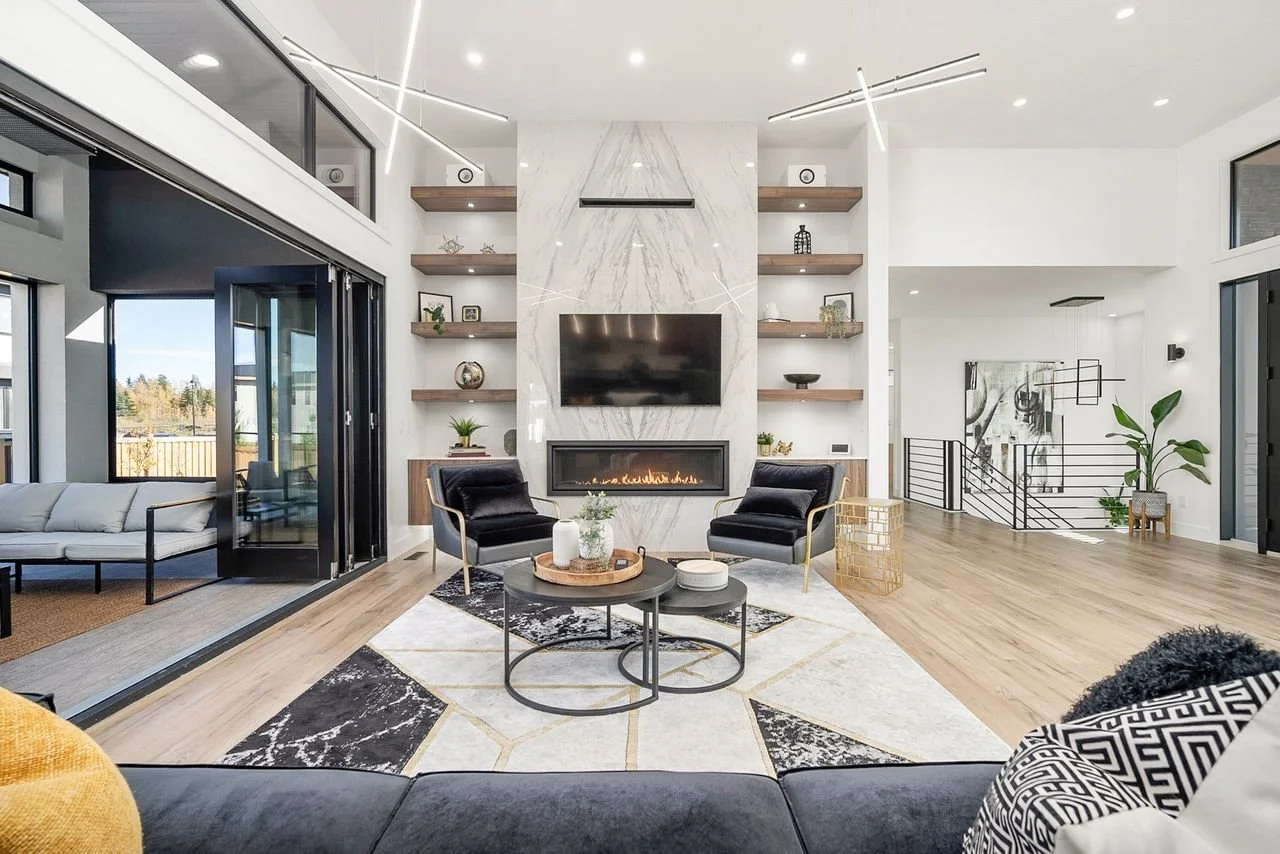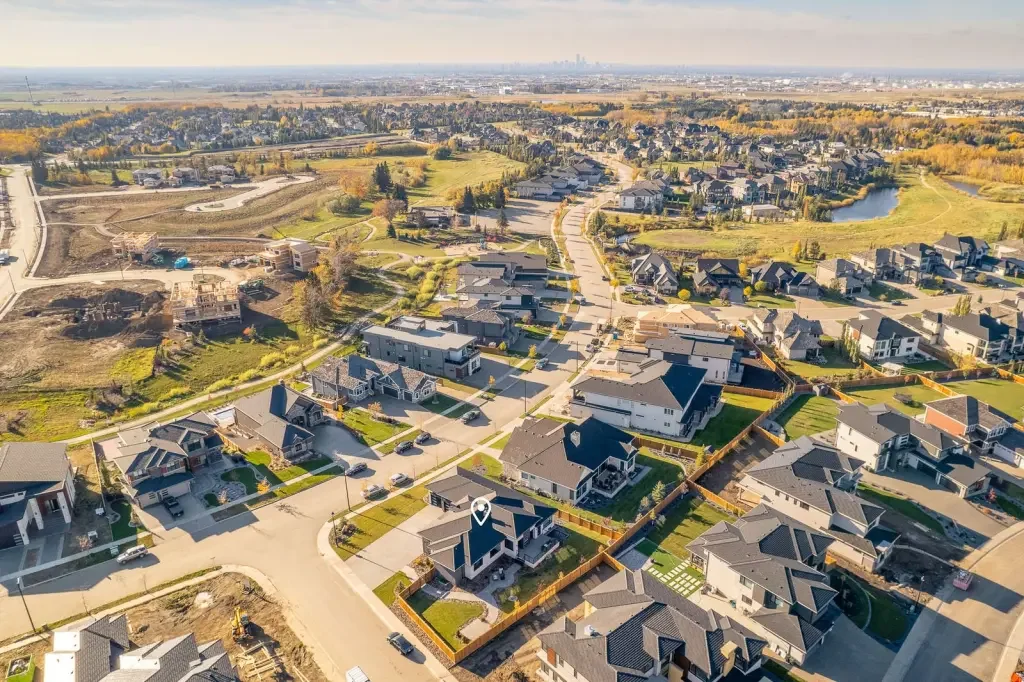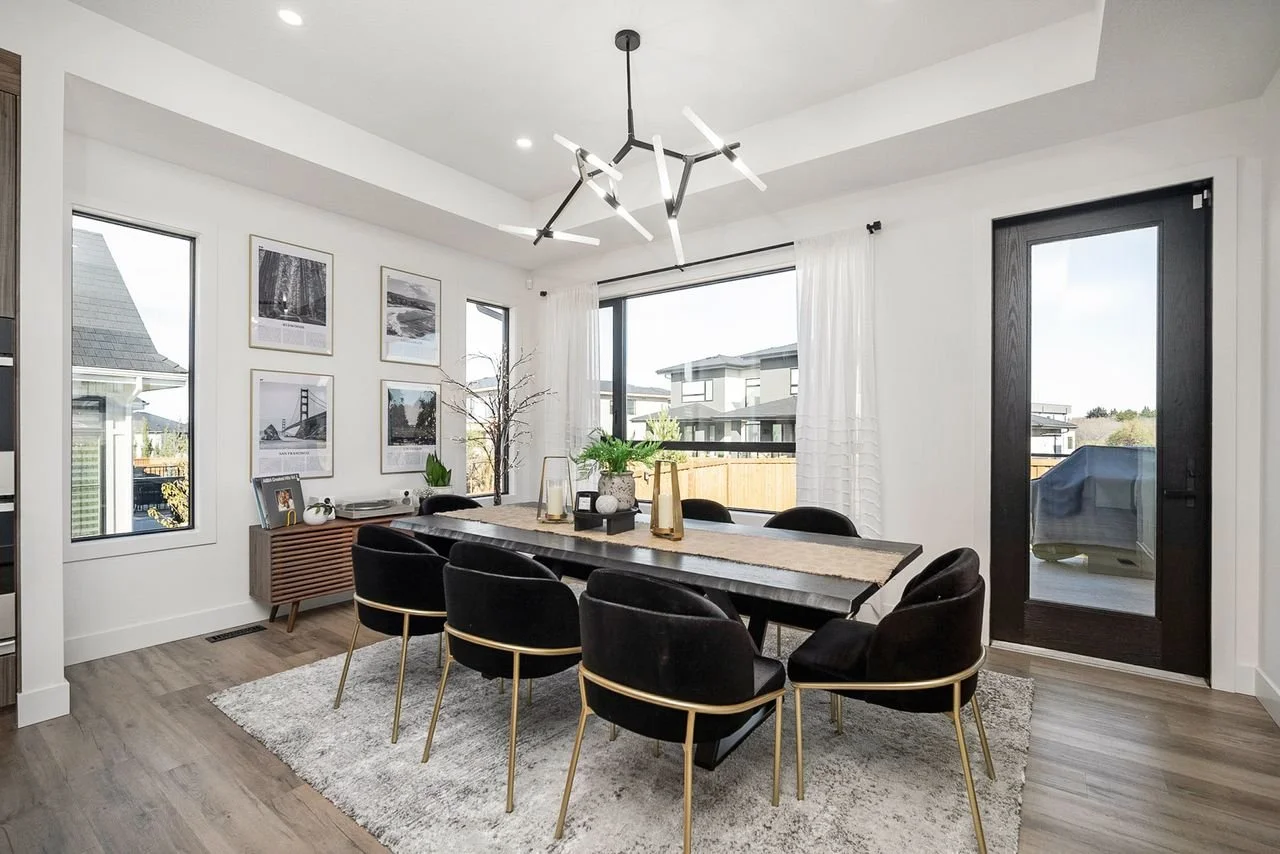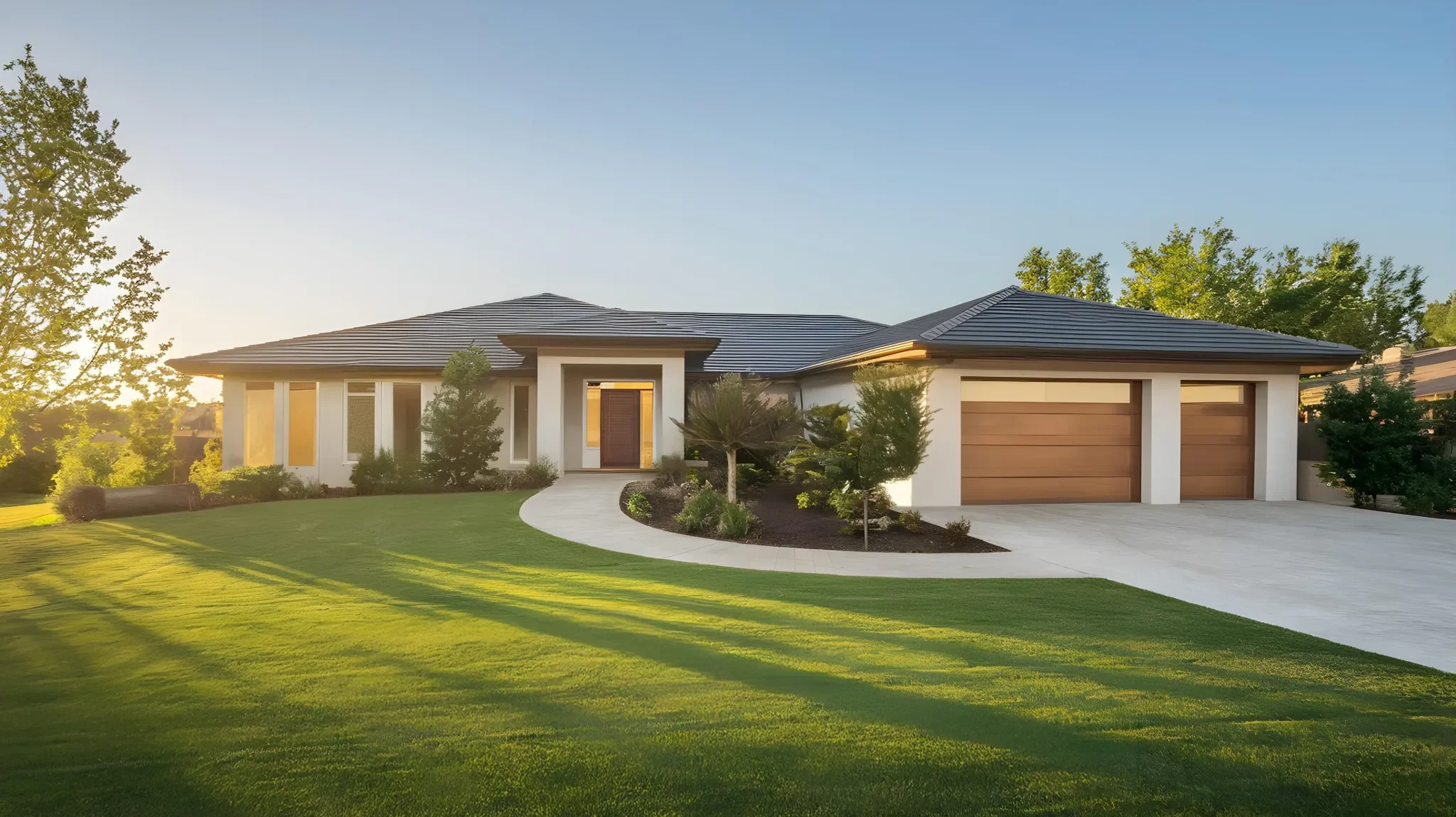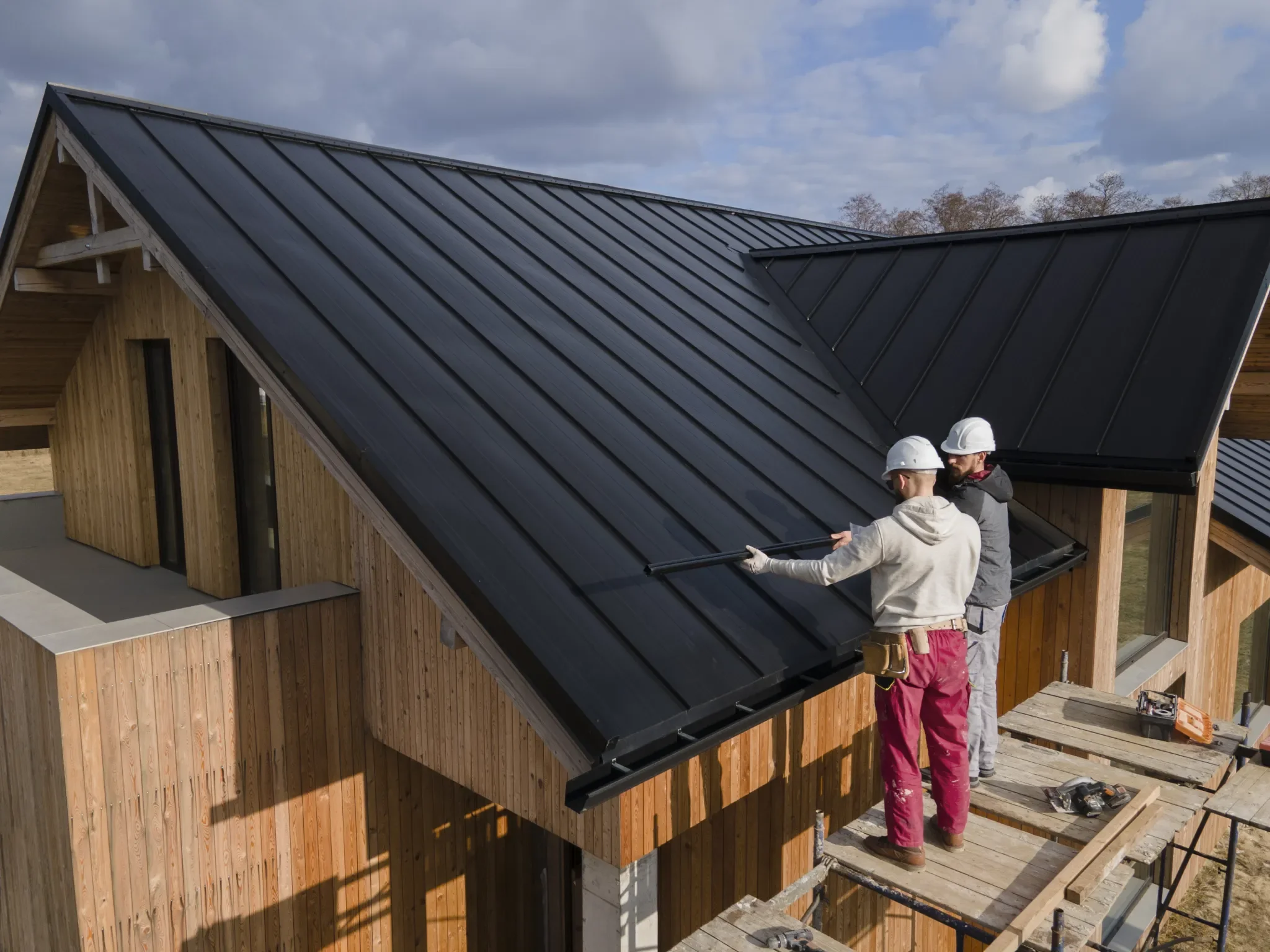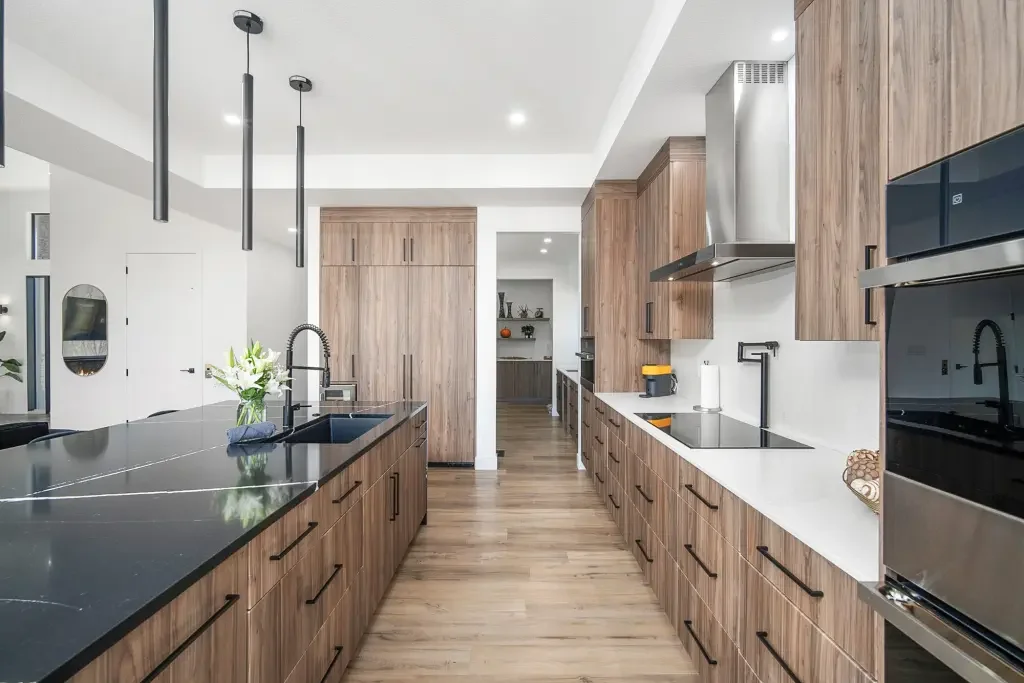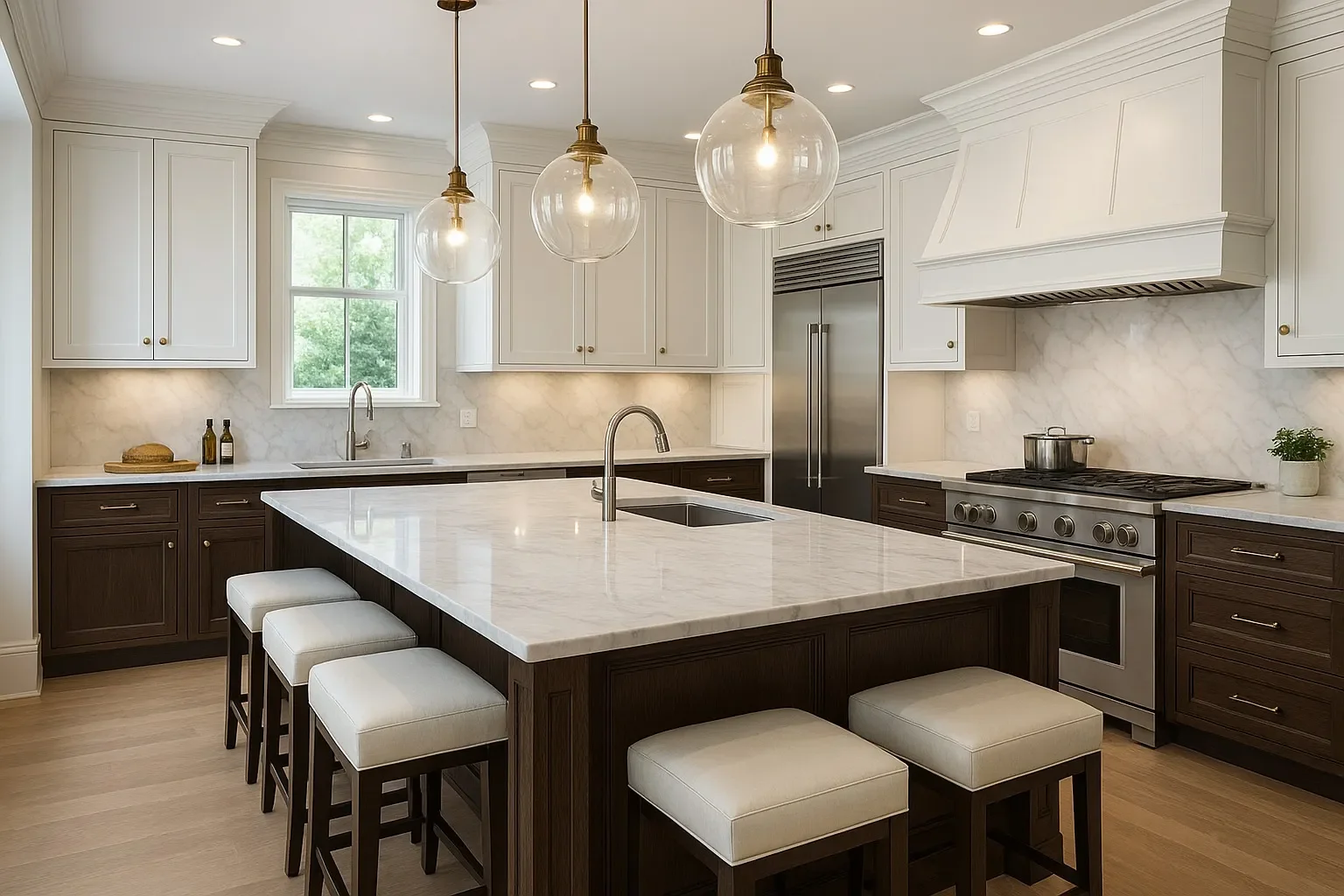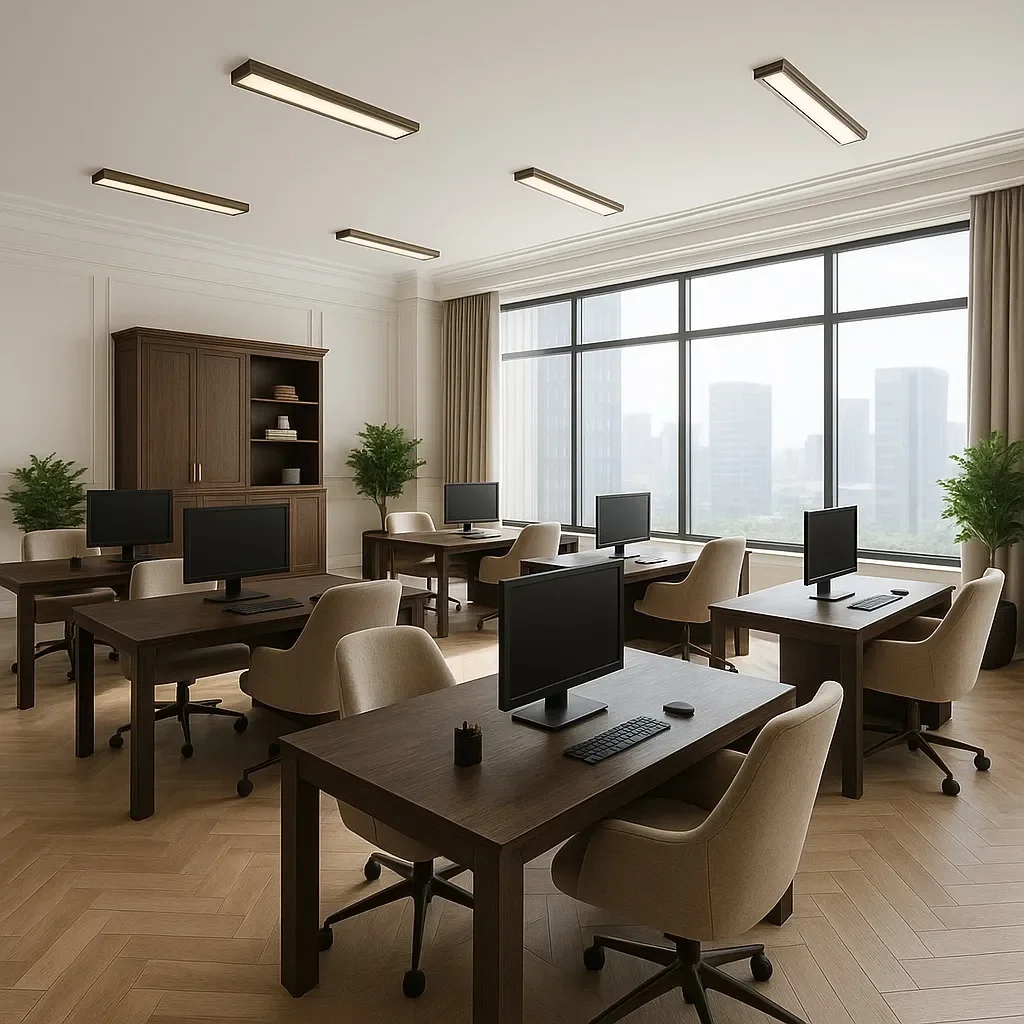How to Plan Your Custom Home: From Vision to Reality
Building a custom home is one of the most exciting journeys you can take as a homeowner. It’s a chance to create a space that reflects your personality, lifestyle, and long-term vision, something a pre-built home can rarely deliver. But turning your dream into reality requires careful planning, expert guidance, and attention to every detail.
Whether you’re just starting to explore ideas or preparing to break ground, this guide walks you through the key stages of planning your custom home from concept to completion.
1. Start with Your Vision
Every great home starts with a clear picture in your mind. Before you even talk to a builder, think about how you want to live in your new space.
Do you want an open-concept kitchen where family naturally gathers? Or maybe a cozy reading nook tucked away from the world? Make a list of what matters most to you - bedrooms, layout, natural light, outdoor space.
Here’s a simple trick: walk through your current home and jot down what you love and what drives you crazy. That list becomes your foundation. If you’re more visual, pull together a folder or Pinterest board of home styles and ideas that make your heart light up. It’ll make conversations with your builder much easier later on.
2. Set a Realistic Budget
Money talks, and when it comes to building a home, it needs to speak clearly. Setting a realistic budget early keeps your project grounded.
Include everything from land costs and design fees to permits, materials, and finishes. A lot of people forget to include landscaping, driveways, or even window coverings until late in the game. Those add up fast.
Here’s some friendly advice: leave yourself a little breathing room. A 5–10% contingency fund will help when unexpected costs pop up (and they always do). Think of it as your “peace of mind” fund, you’ll thank yourself later.
3. Find the Right Piece of Land
Your dream home deserves the right setting. Before you buy a lot, take time to walk it, visit at different times of day, and picture your home sitting there.
Ask yourself questions like:
Is the neighborhood growing or established?
How’s the sunlight during the afternoon?
Are utilities already connected, or will that be an extra cost?
If you’ve already got land, bring your builder in early to evaluate it. They’ll look at things like slope, soil quality, drainage, and access, details that can impact both design and budget. A skilled builder knows how to work with the land, not against it.
4. Choose a Builder Who Feels Like a Partner
This one’s huge. The right custom home builder will make your home experience exciting; the wrong one can turn it into a headache.
You’re not just hiring someone to hammer nails, you’re trusting them to bring your dream to life. Look for experience, transparency, and communication. Check reviews, ask for references, and look through their portfolio to see if their style matches yours.
When you meet, pay attention to how they listen. Do they ask good questions? Do they seem genuinely interested in your vision? That’s the builder you want on your team.
5. Design with Purpose
Now comes the creative part - the design phase. It’s tempting to get caught up in Pinterest boards and grand ideas, but practicality matters too.
Think about how you move through your day. Where do you drop your keys when you get home? Do you need a mudroom? Would you rather have a big dining area or a larger living room?
Designing with intention makes life smoother once you move in. Remember, beauty is important, but functionality is what you’ll appreciate every single day.
Modern homes often mix open spaces, big windows, and seamless flow to outdoor areas but your builder and designer can tailor it all to your lifestyle.
6. Understand the Timeline
Let’s be honest, custom homes take time. You’re not buying off the shelf; you’re building something unique.
A realistic build might take anywhere from ten months to two years, depending on design complexity and weather. Permits, inspections, and custom features all add time.
Ask your builder to map out a clear timeline so you know what to expect. It won’t be perfect (few timelines ever are), but having visibility into each phase helps keep the process on track and your stress levels down.
7. Add Your Personal Touch
Once the structure is up, it’s time to make your mark. This is where your personality shines through, picking materials, finishes, and colors that feel like you.
Maybe you want warm hardwood floors, a stone fireplace, or sleek, modern cabinetry. Don’t rush these choices. The best homes blend timeless design with small details that make them one-of-a-kind.
If you care about sustainability, now’s your moment to include energy-efficient upgrades, insulated windows, smart thermostats, or solar-ready wiring. They’re good for the planet and your utility bill.
8. Trust the Process (and Enjoy It)
There will be moments where things feel slow or overwhelming, maybe a delay in materials, or a decision you second-guess. That’s normal.
The key is to stay involved but patient. Communicate openly with your builder and keep your eyes on the big picture. Every small milestone, the framing going up, cabinets being installed brings you closer to that first moment you walk through your finished home.
When that day comes, you’ll realize every bit of planning was worth it.
Final Thoughts
Planning a custom home is more than just a construction project, it’s the art of designing the way you want to live. When you take time to define your vision, choose the right people, and plan carefully, you’ll end up with something truly special: a home that fits your life perfectly.
If you’re ready to start your journey, Kaidian Custom Homes can help bring your vision to life with craftsmanship, transparency, and care because your dream home should be built right from the start.

